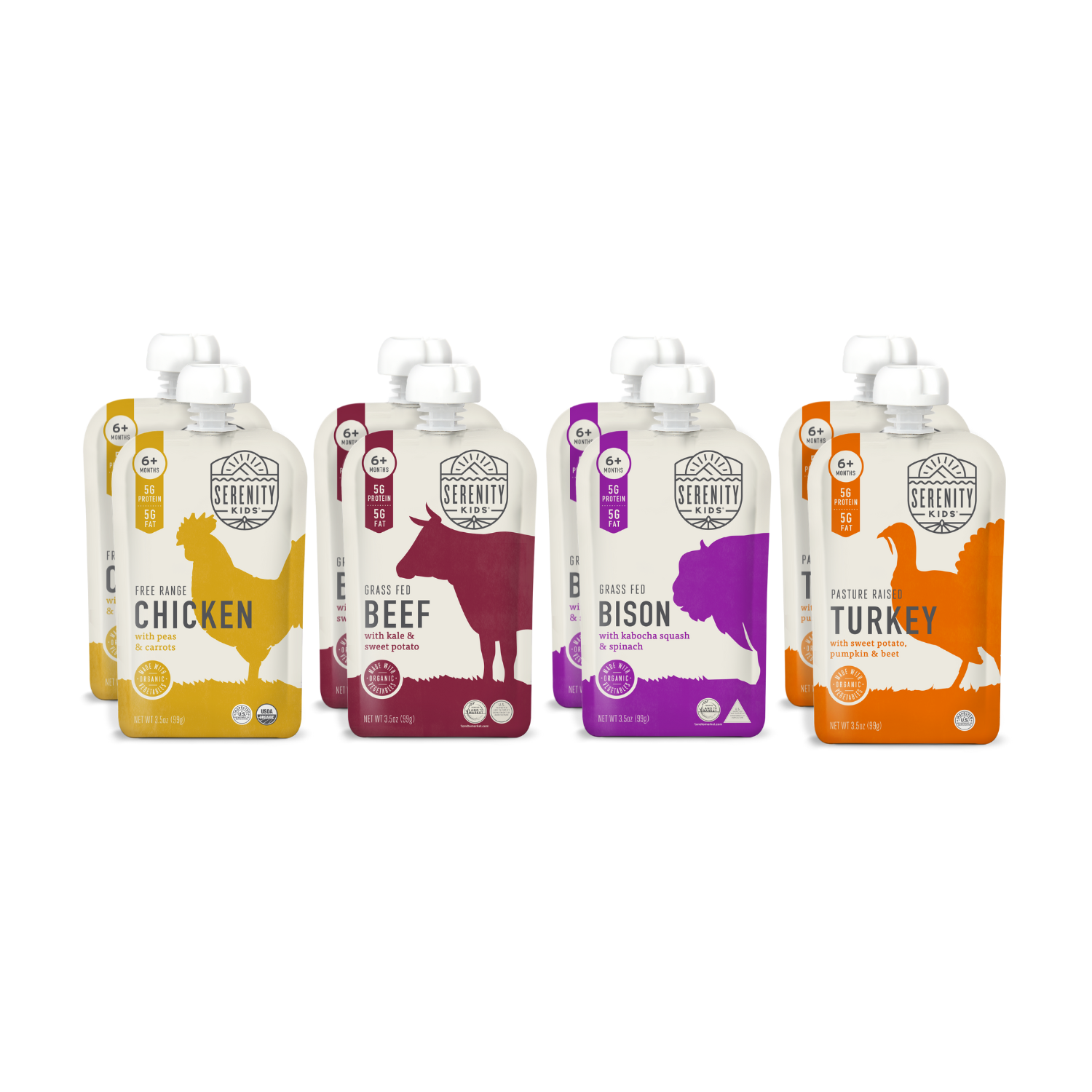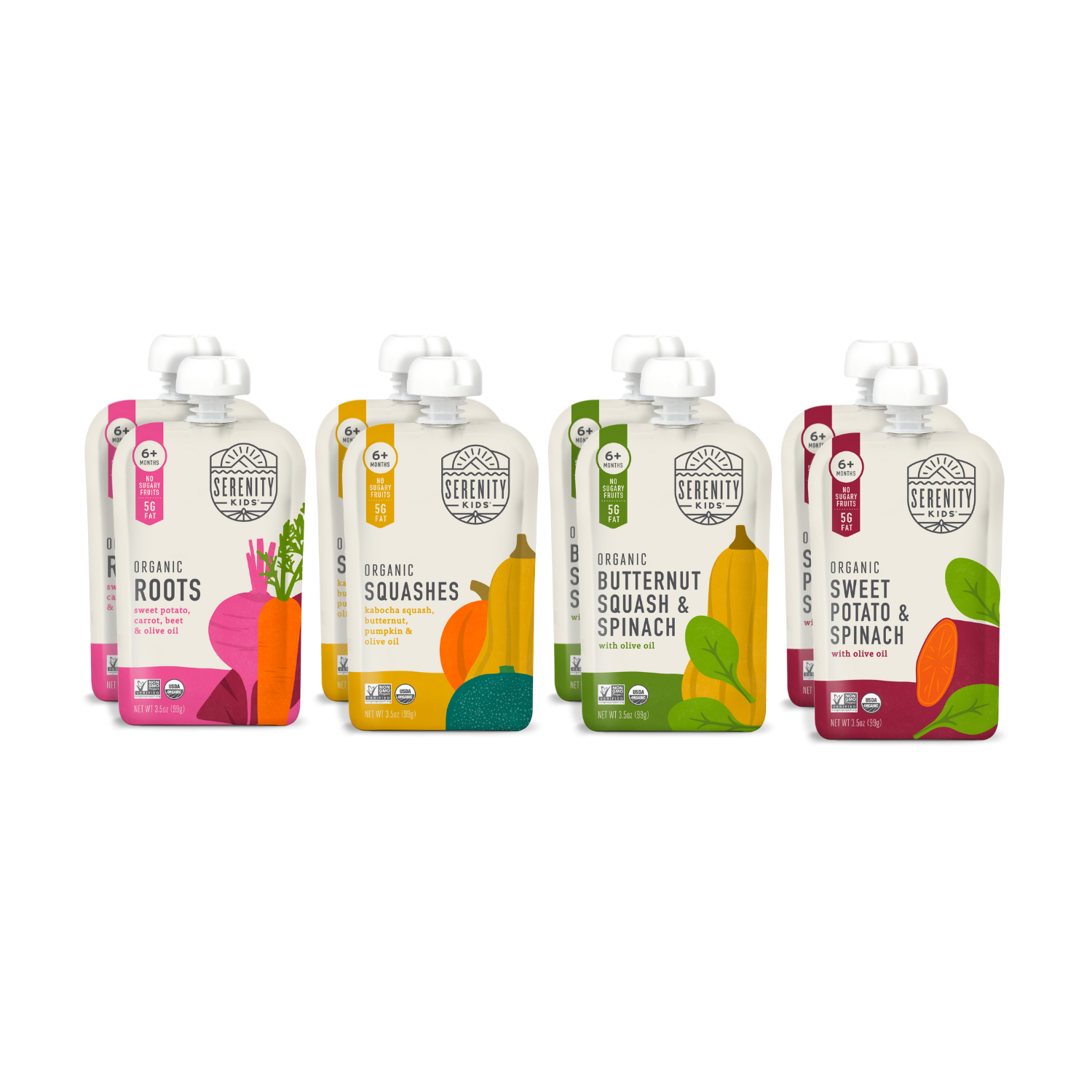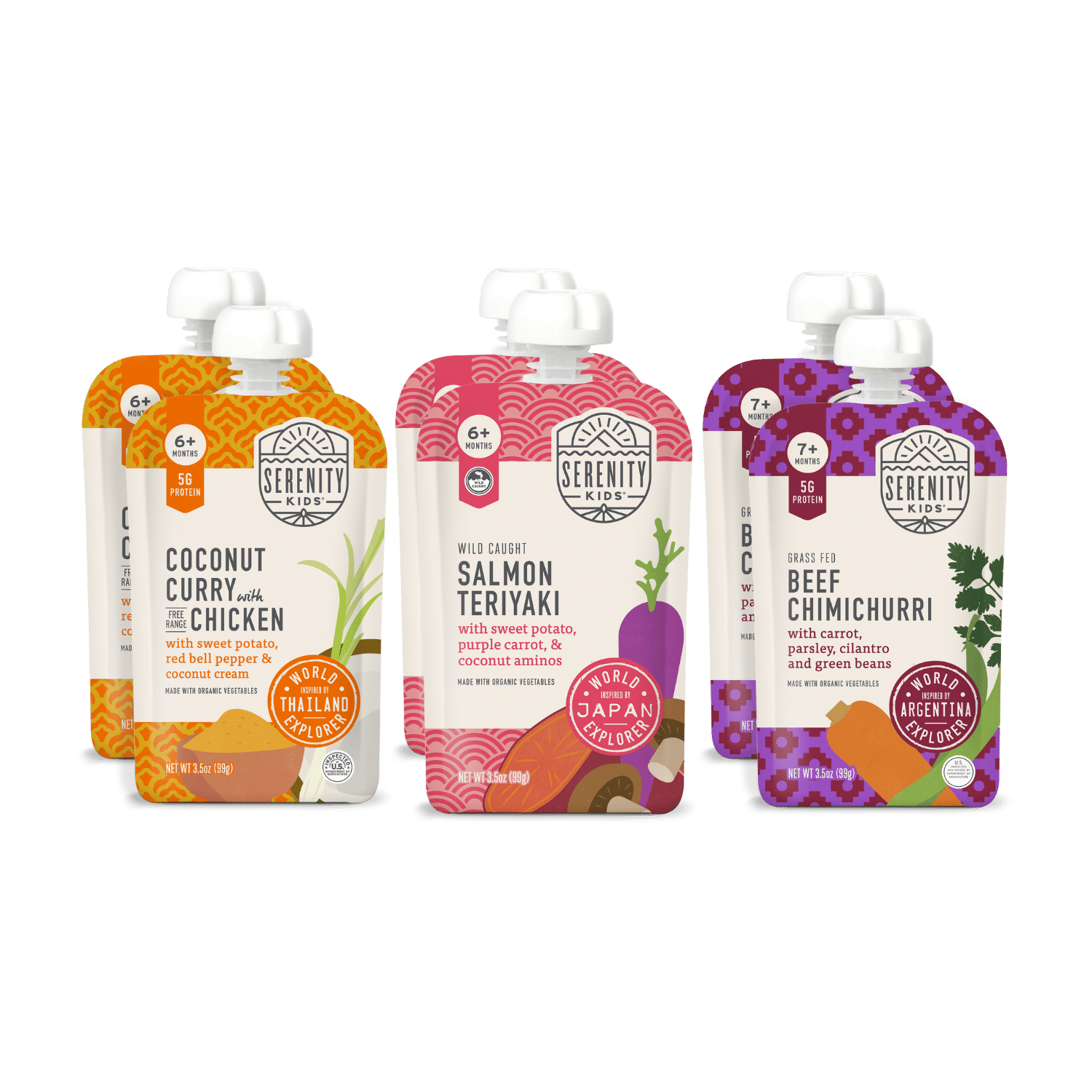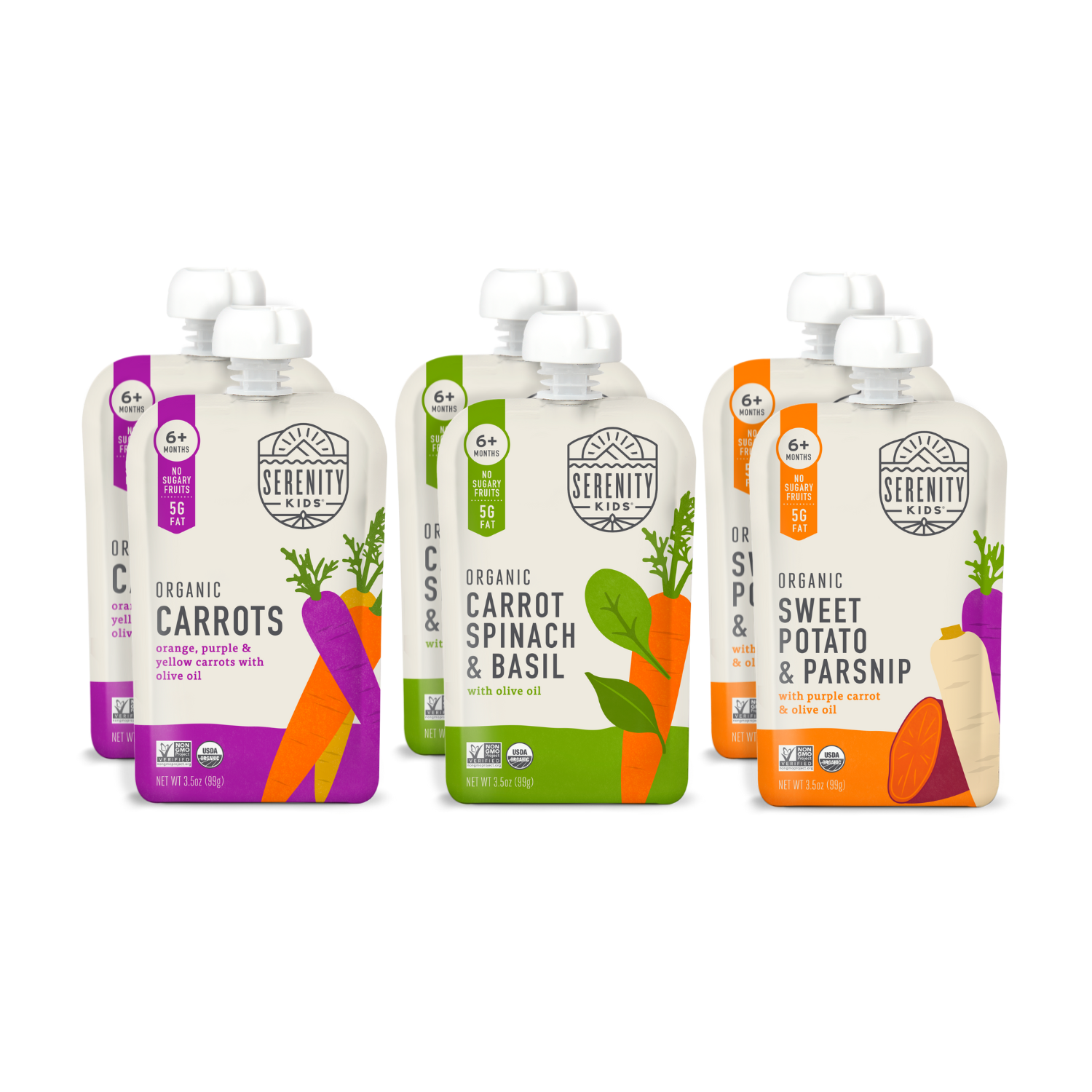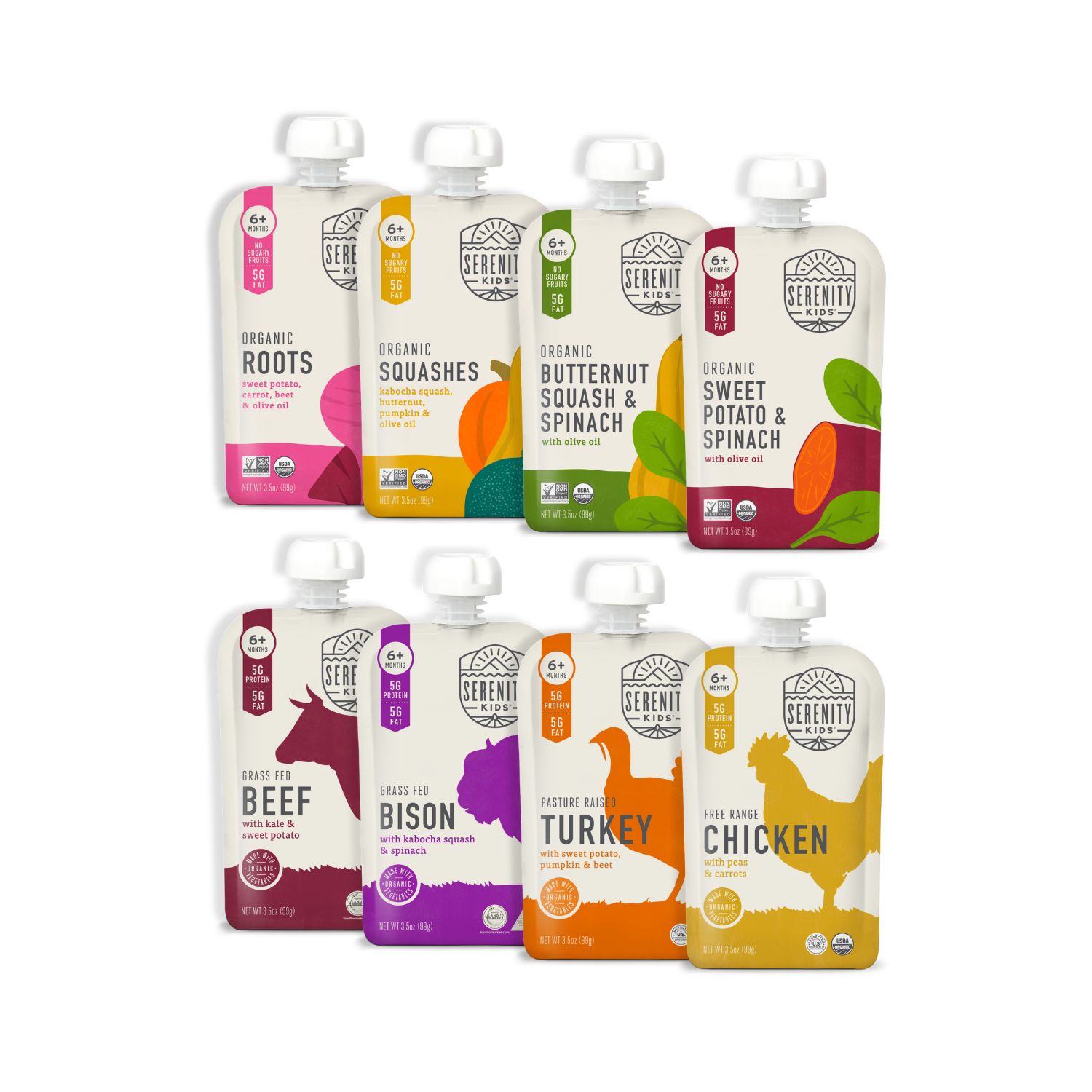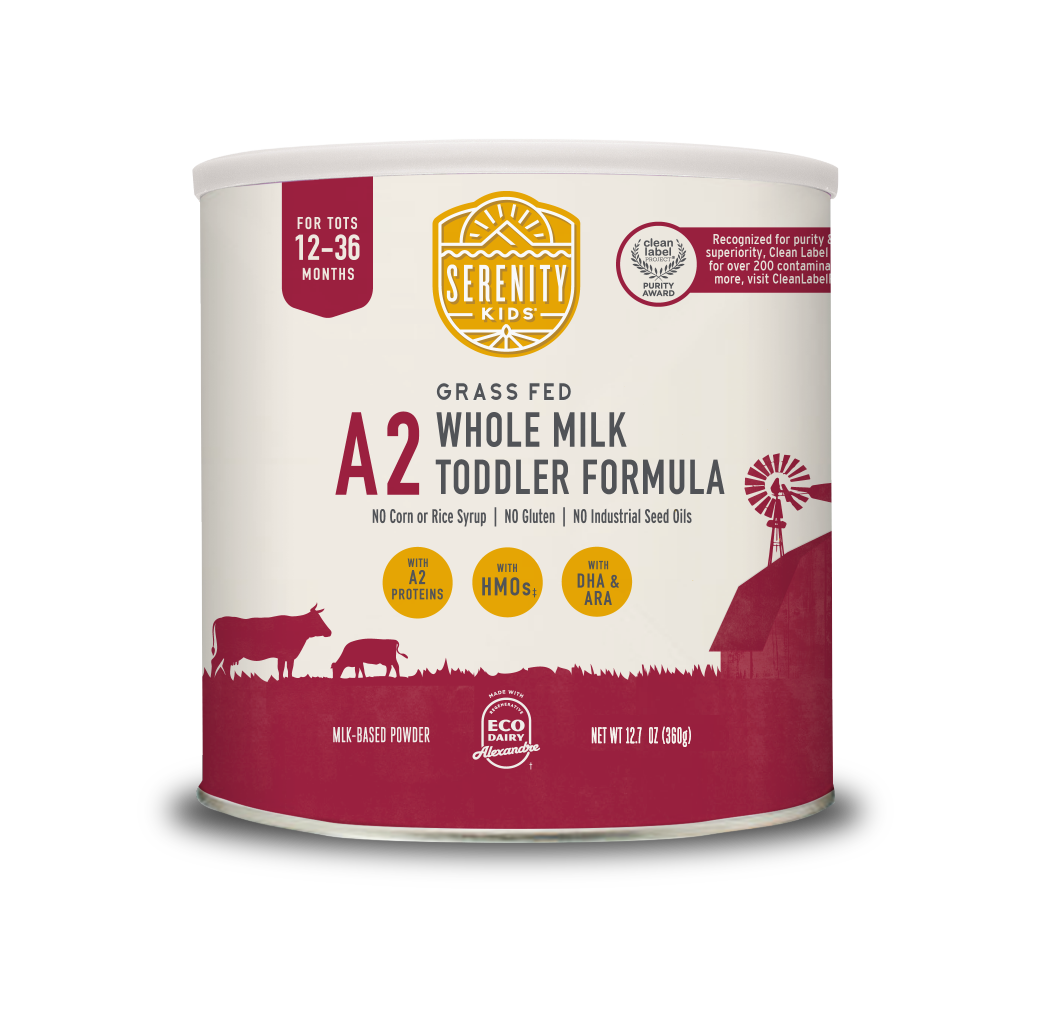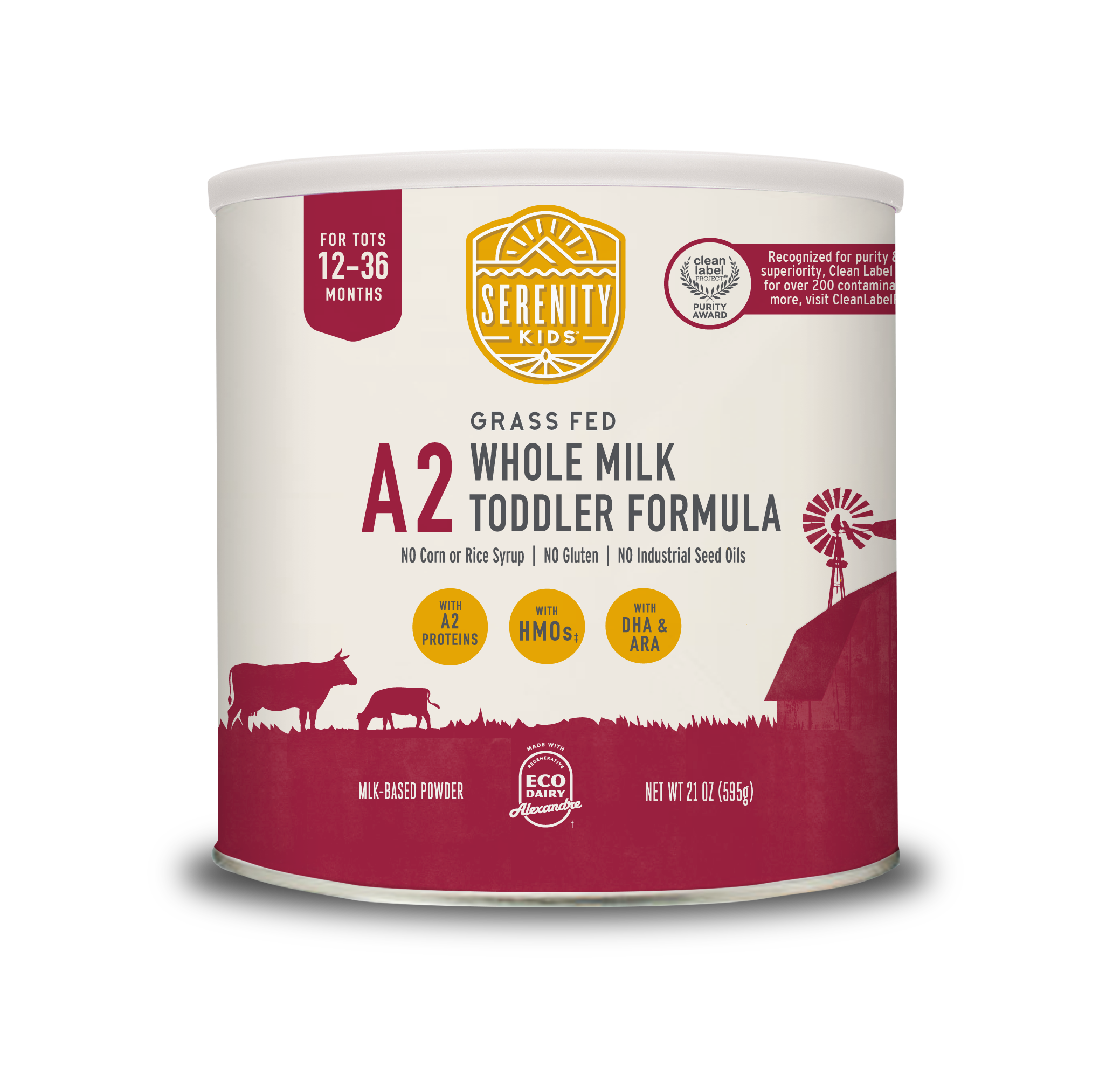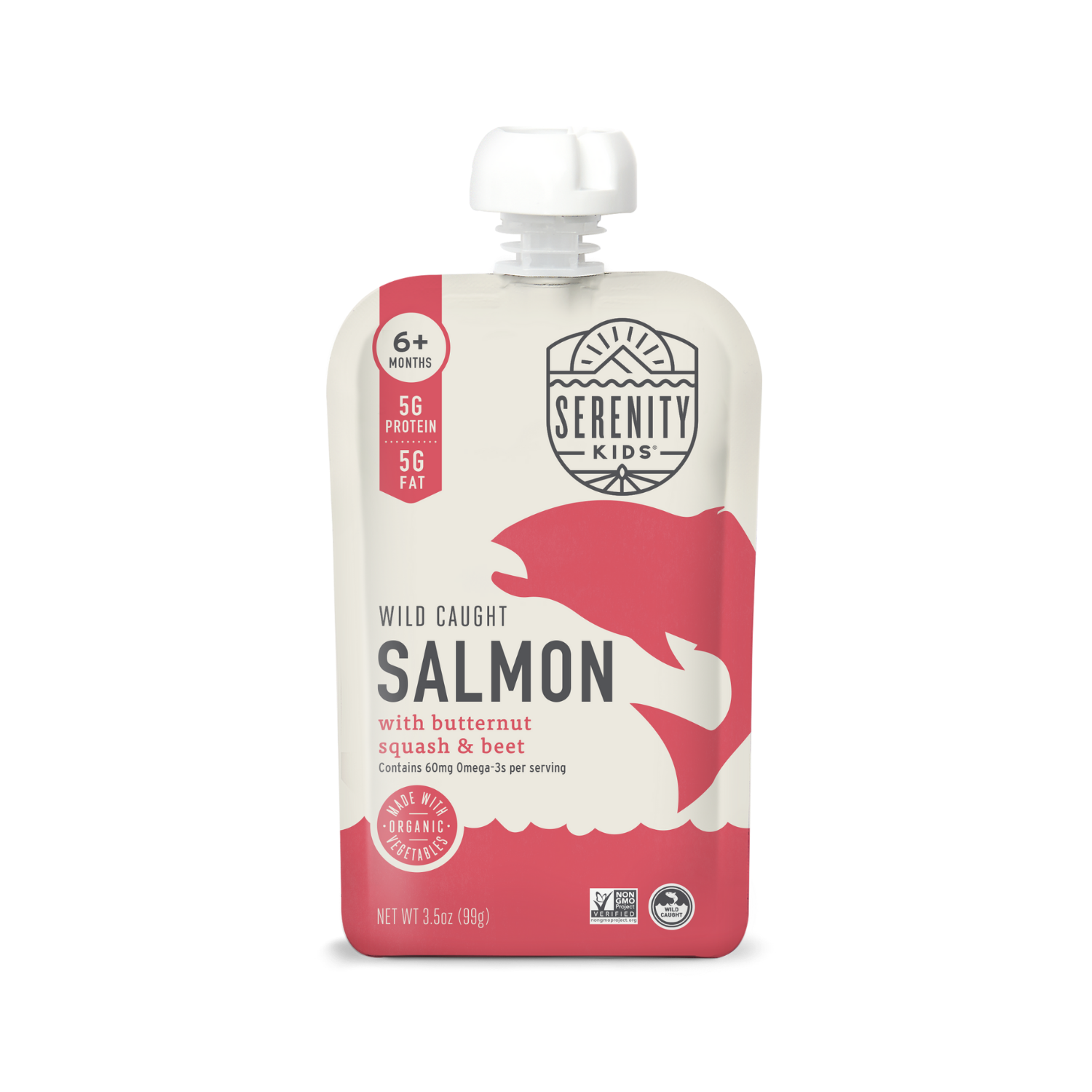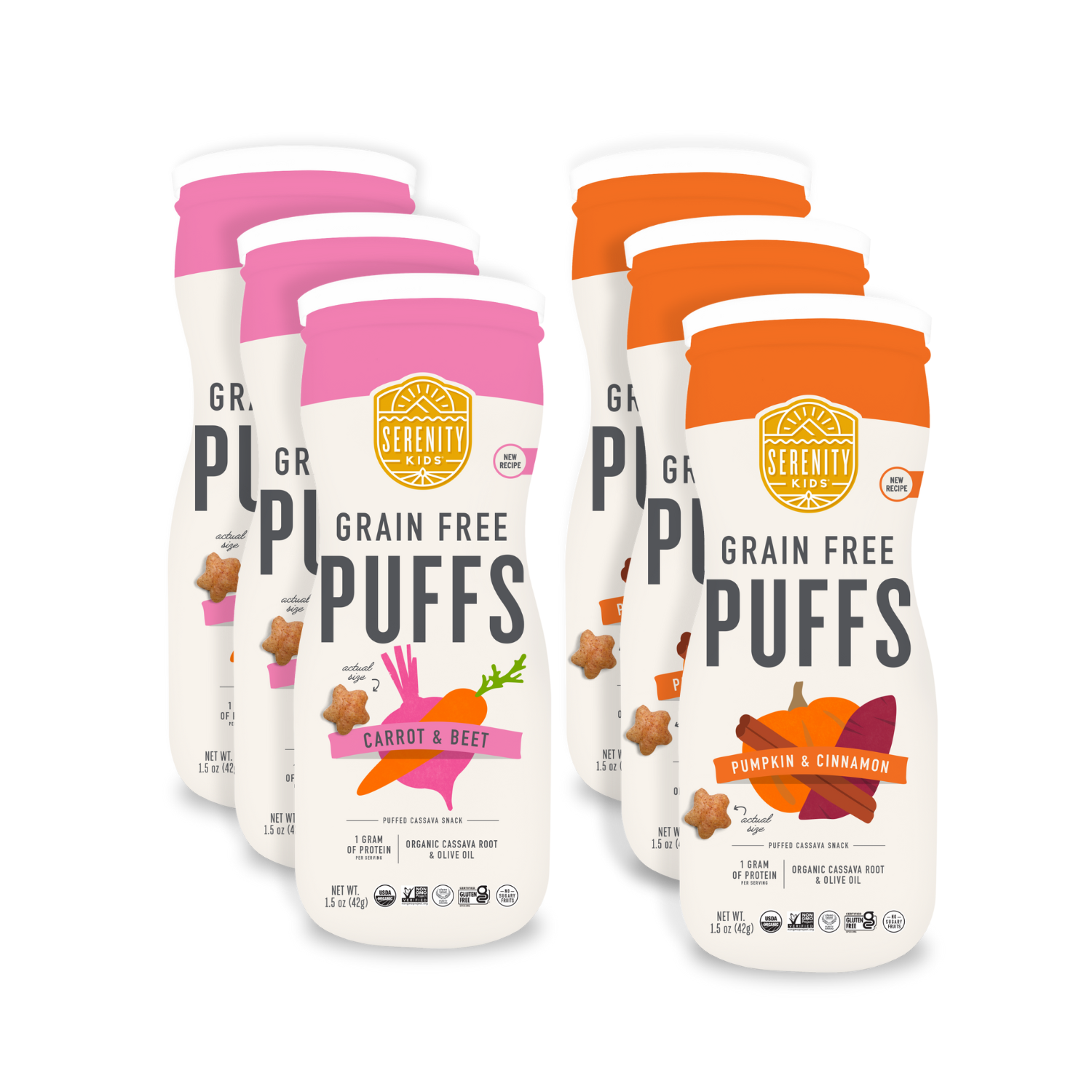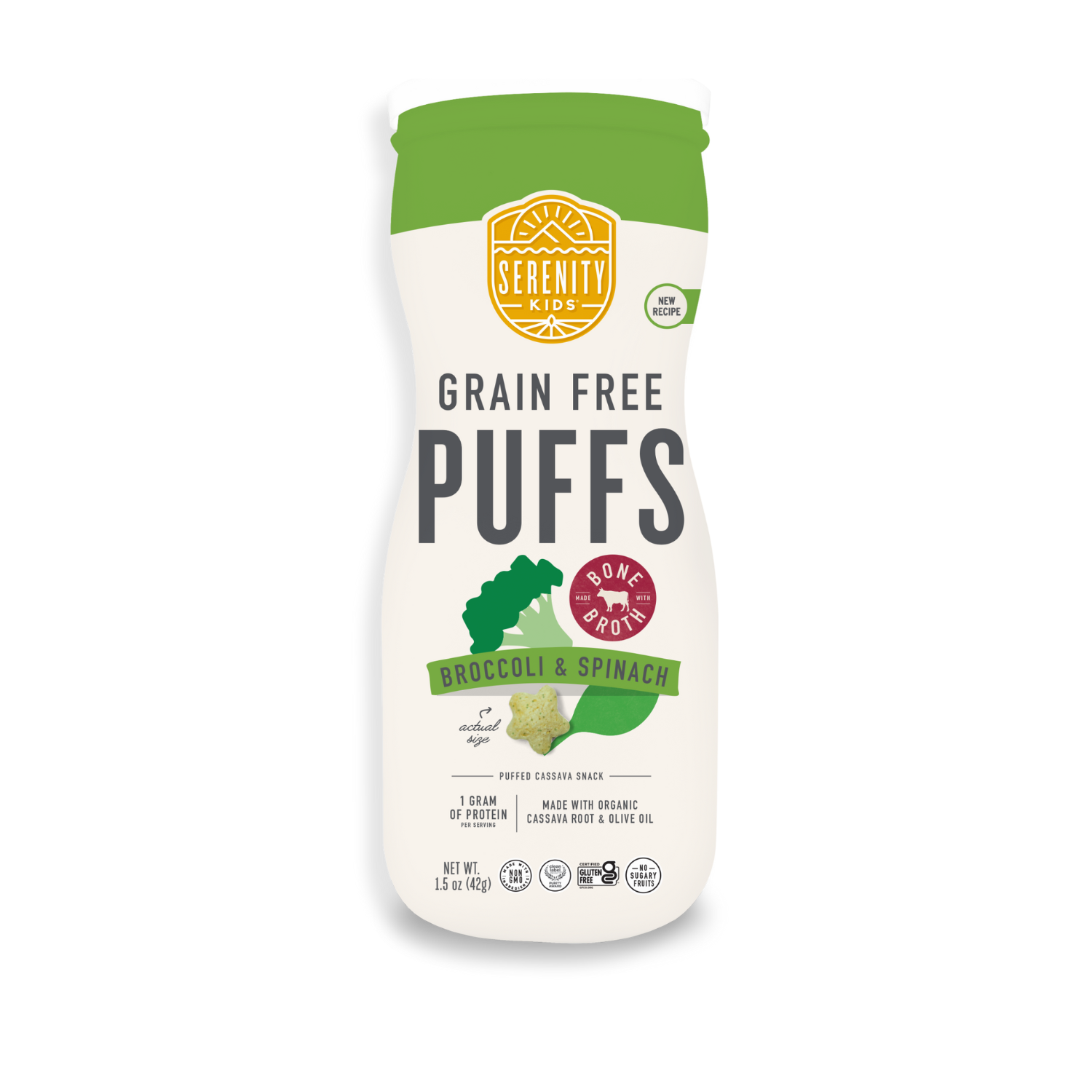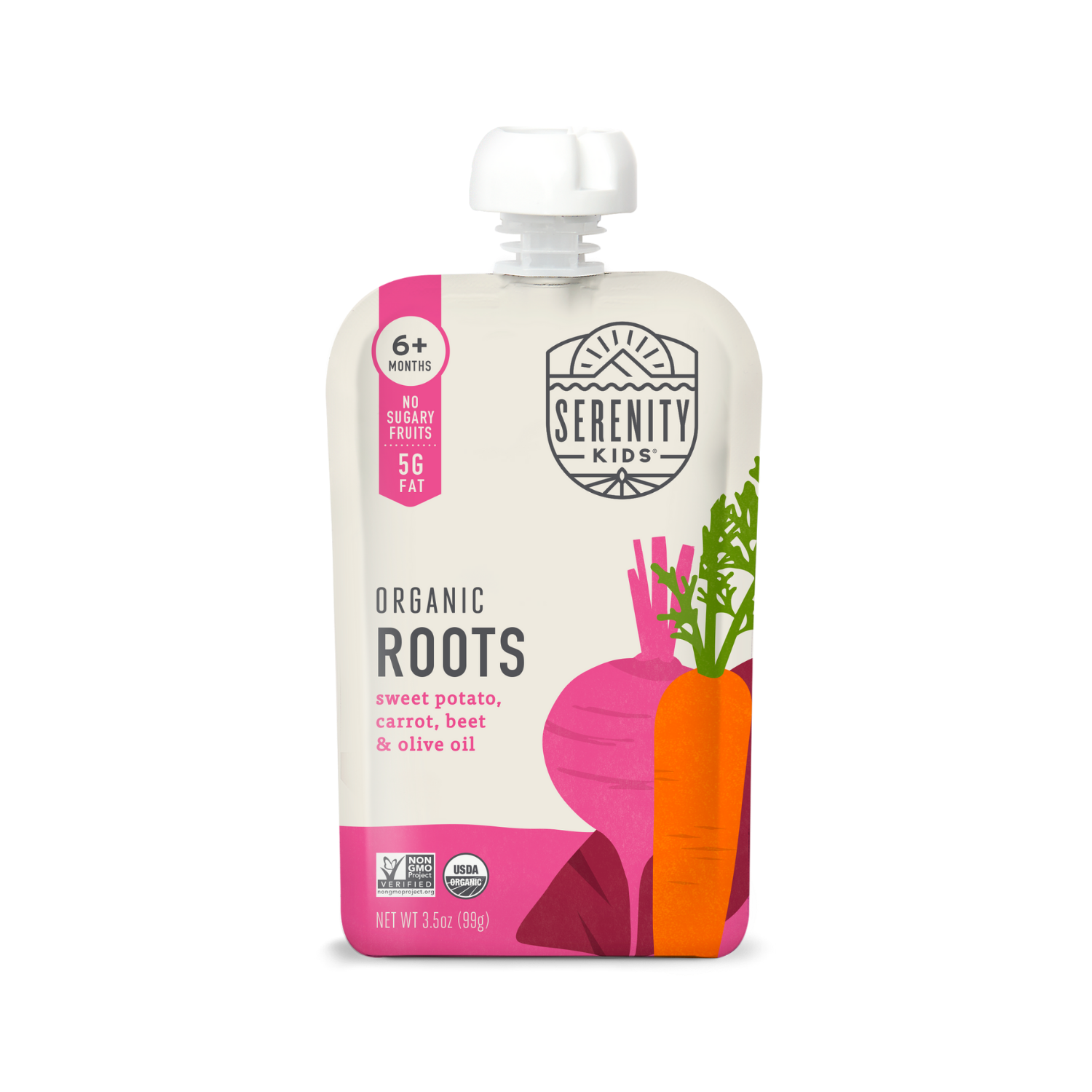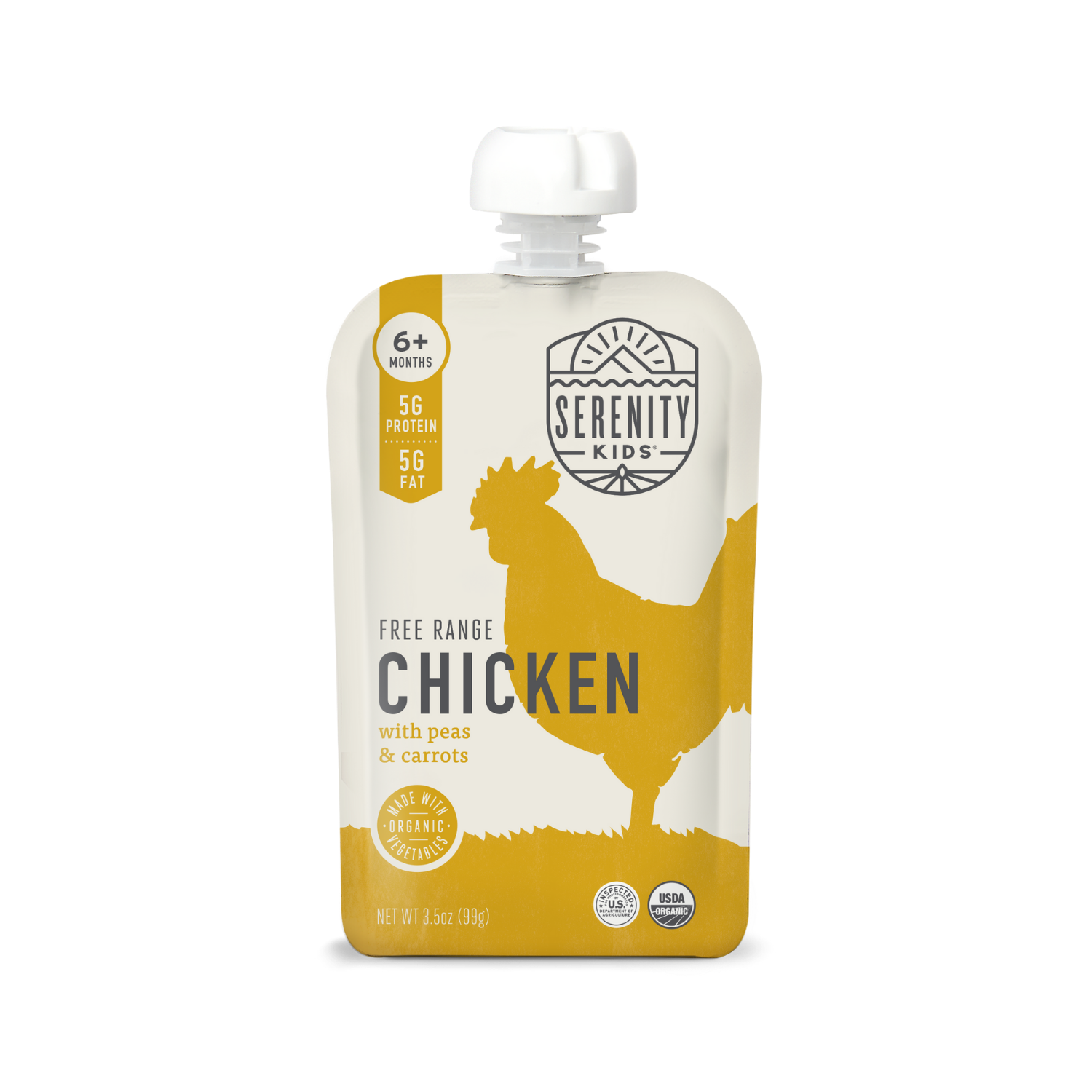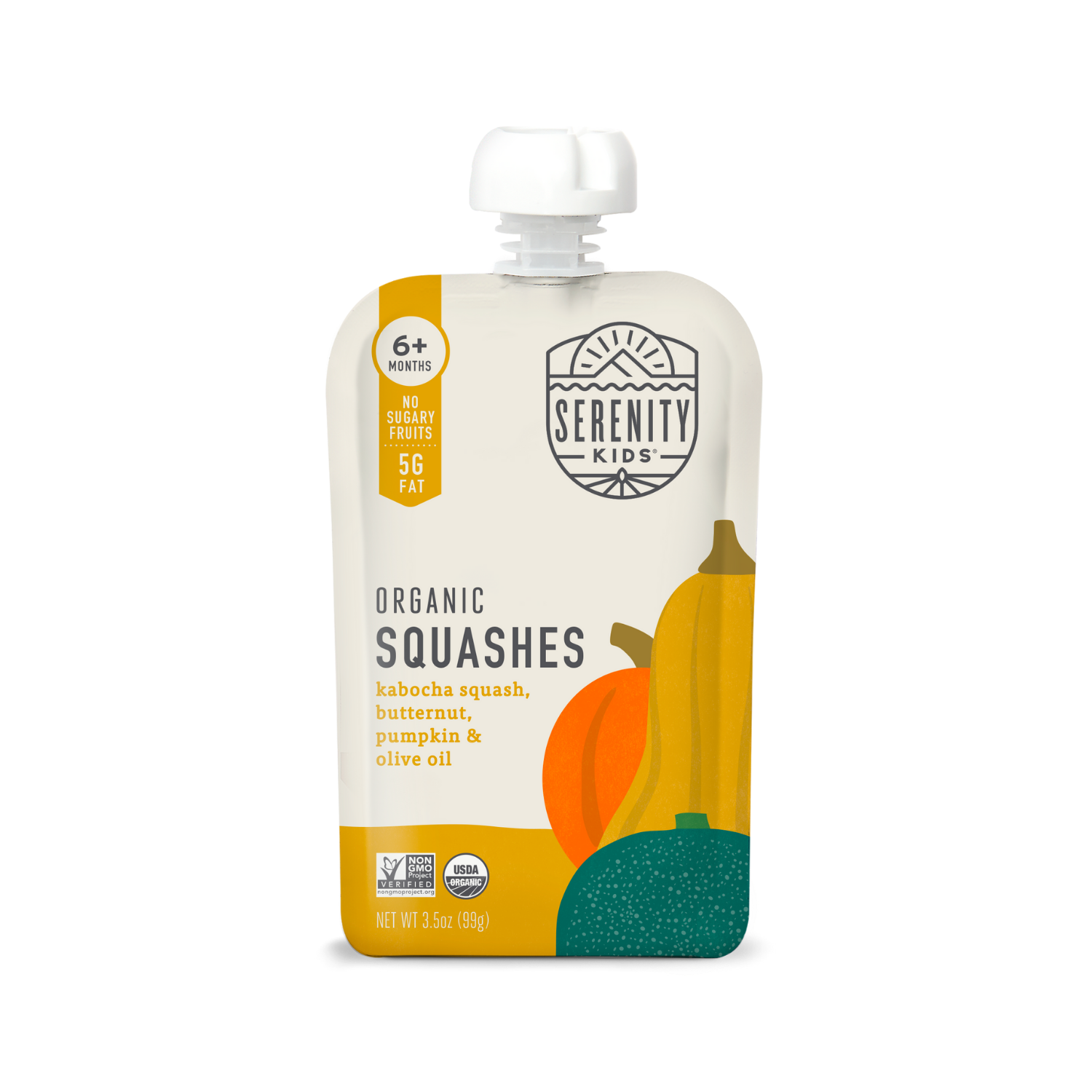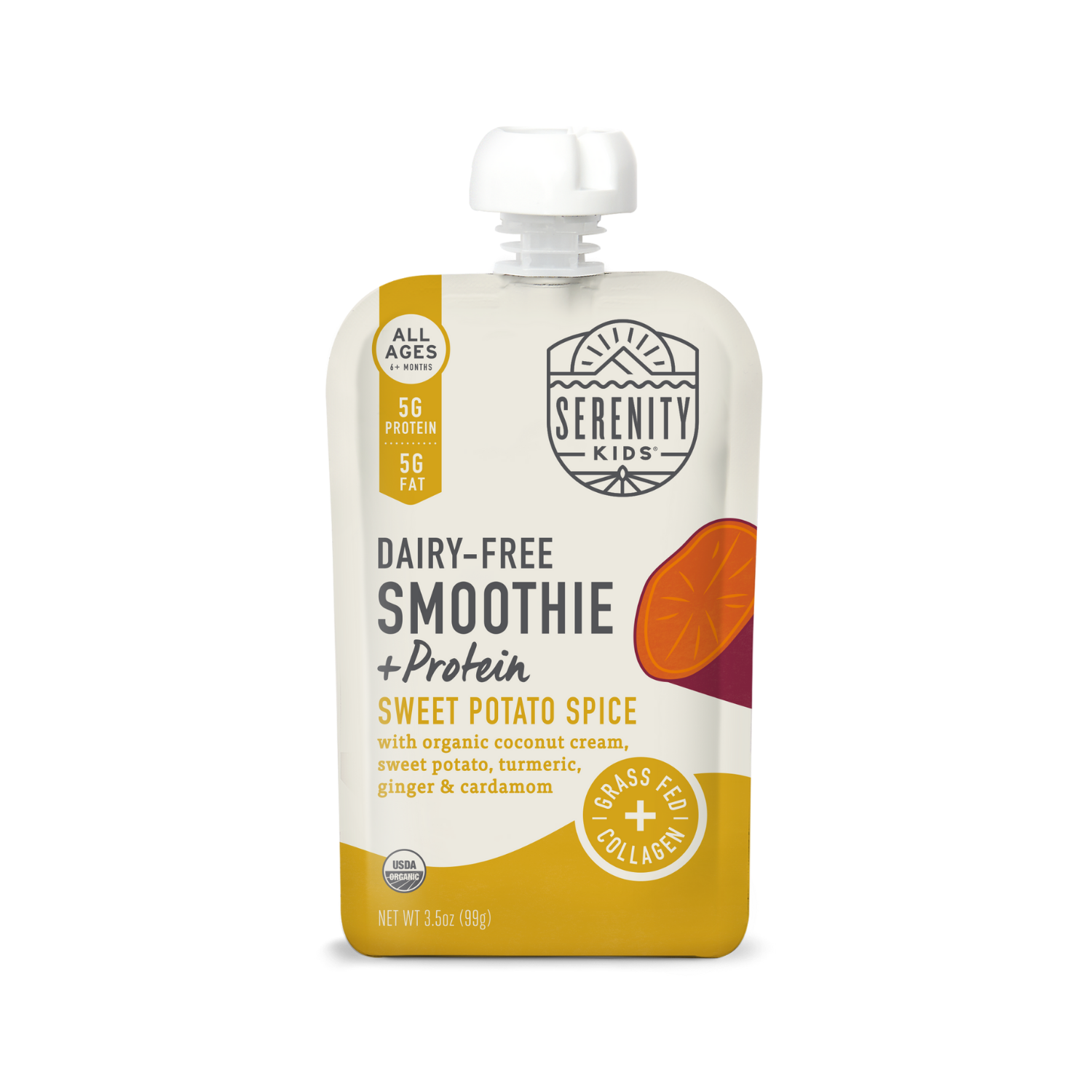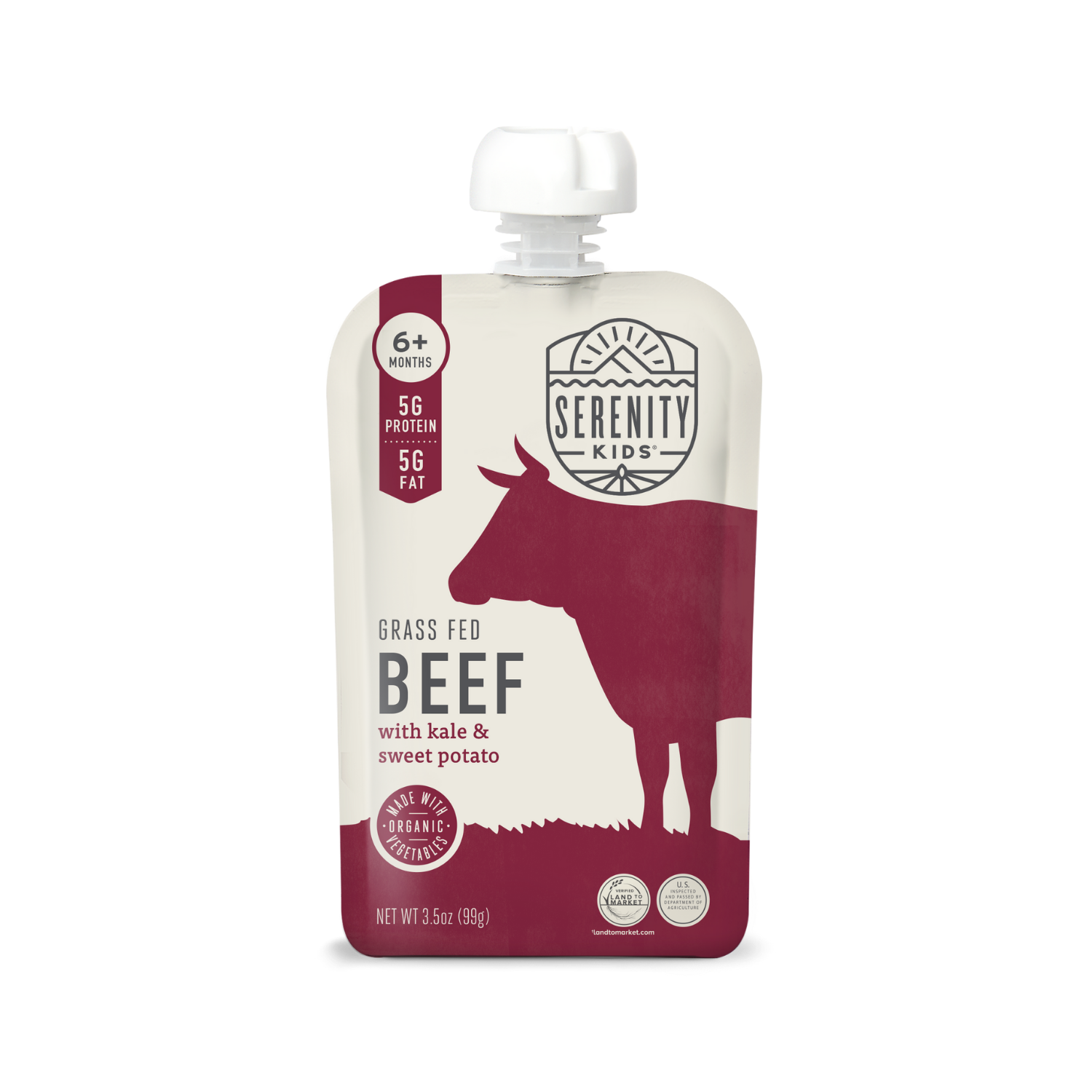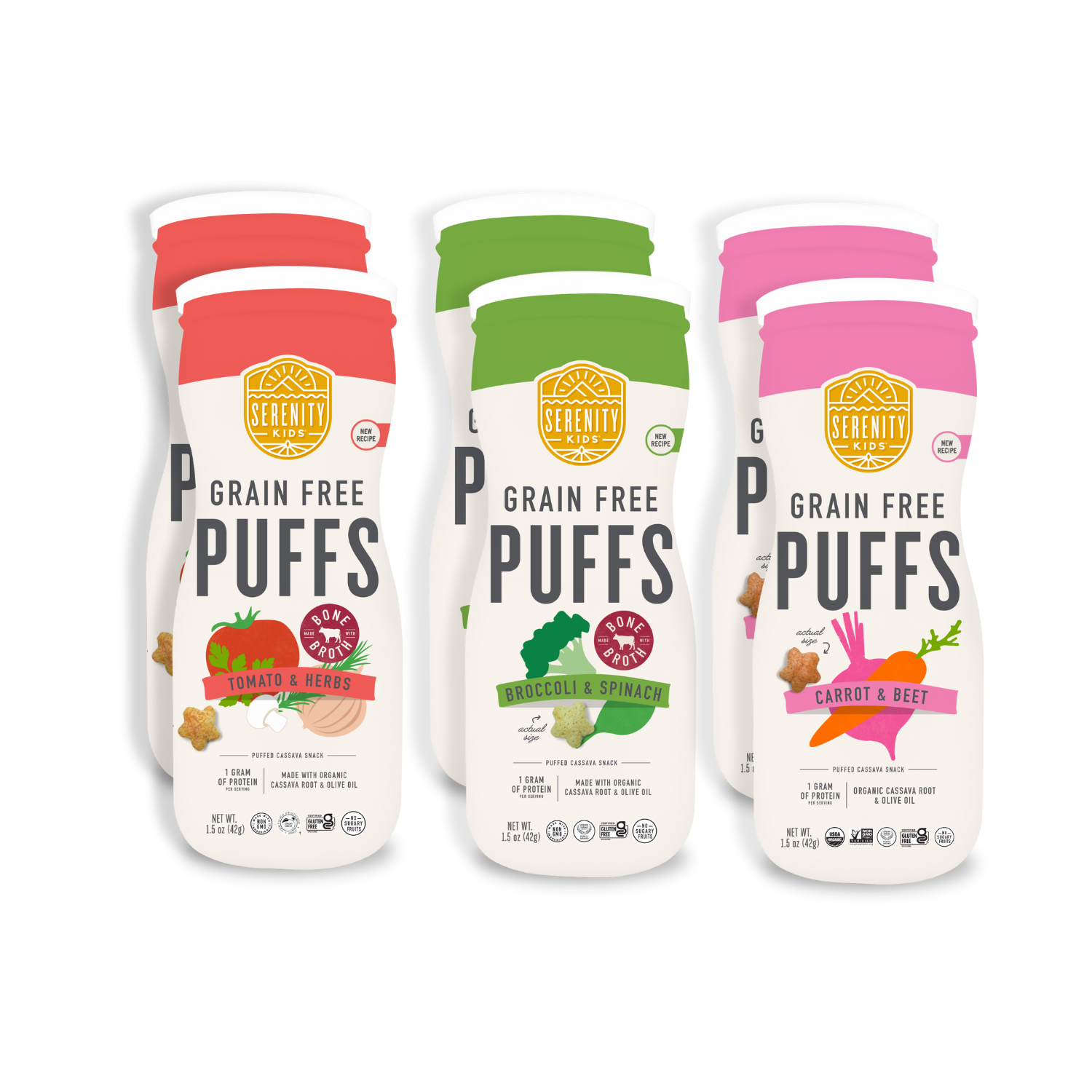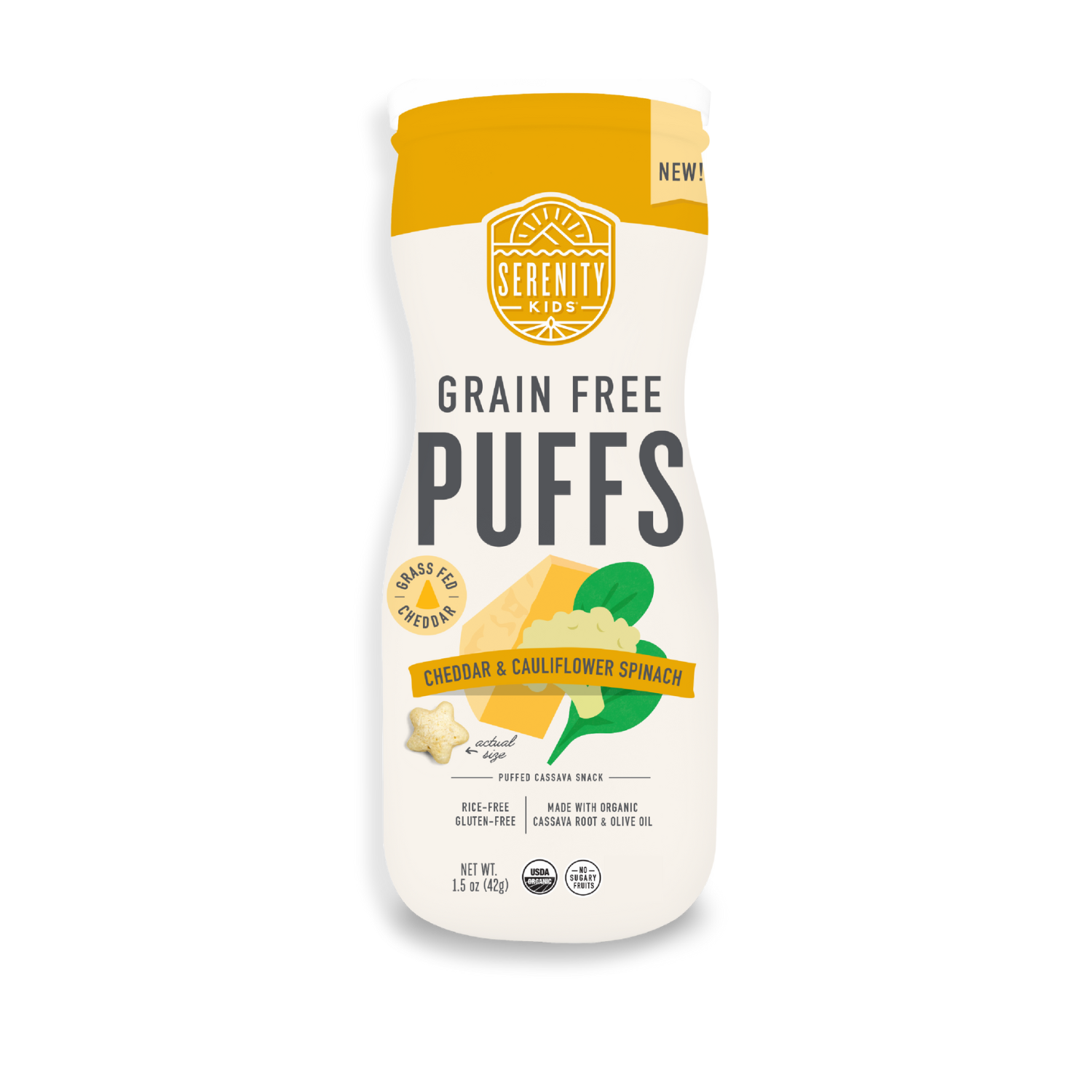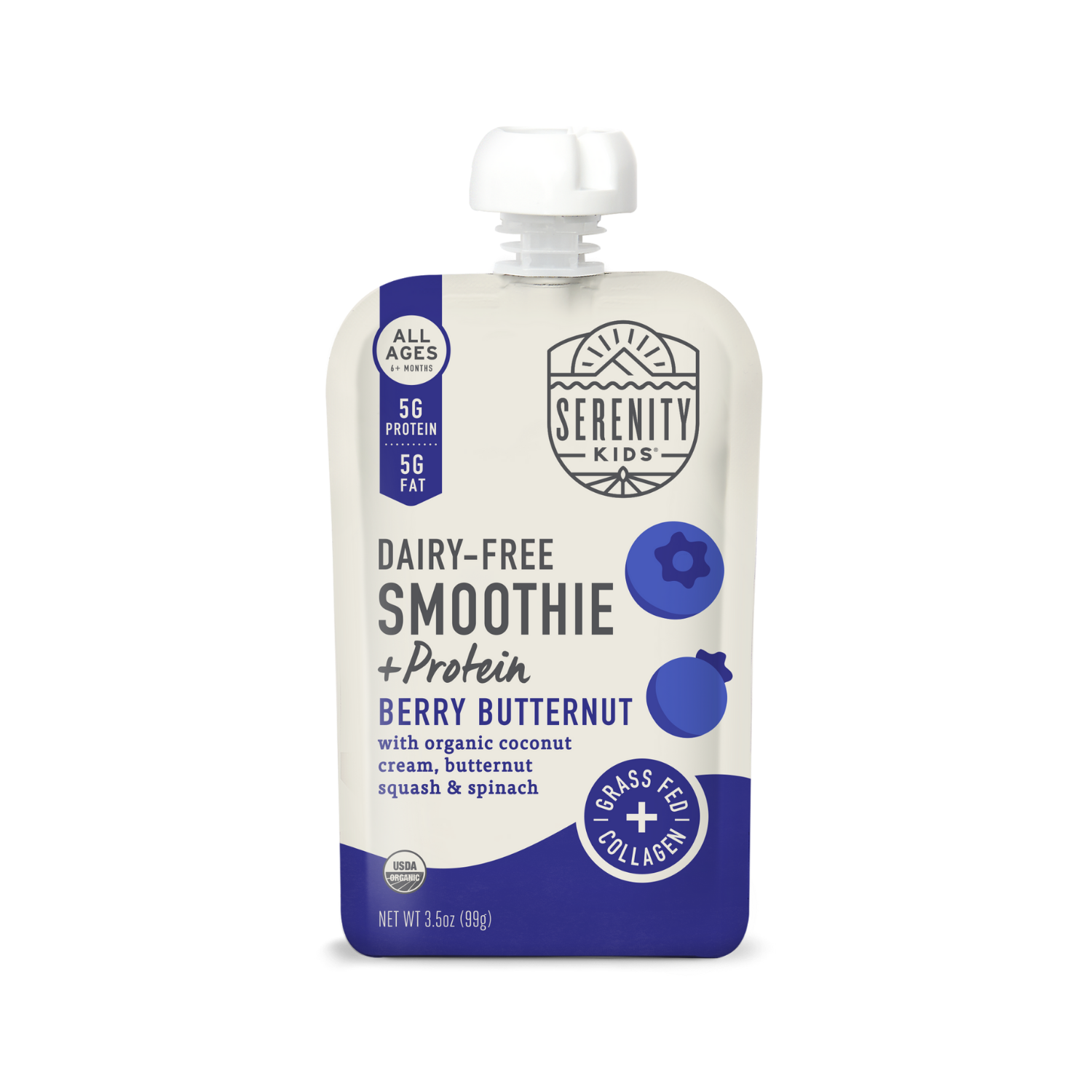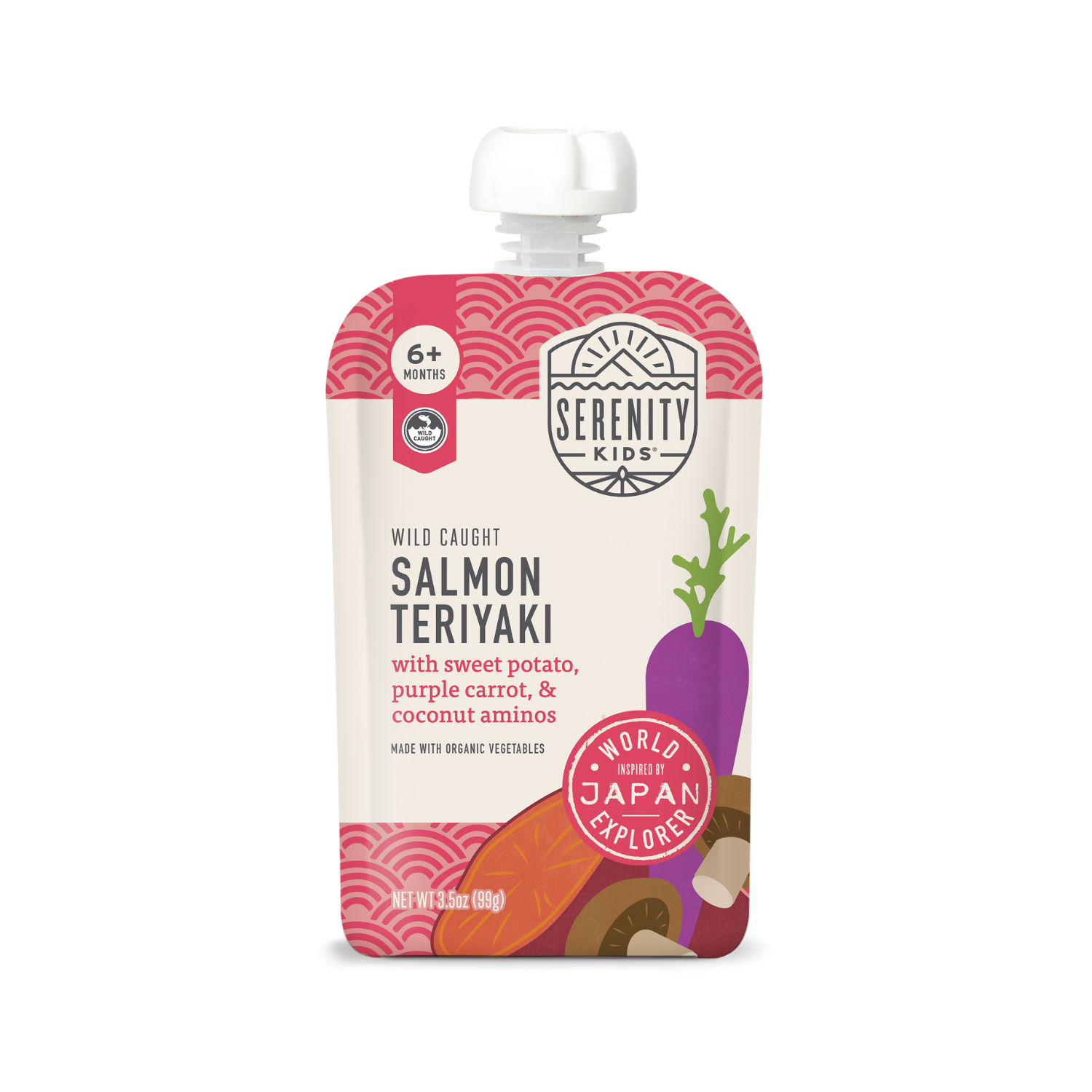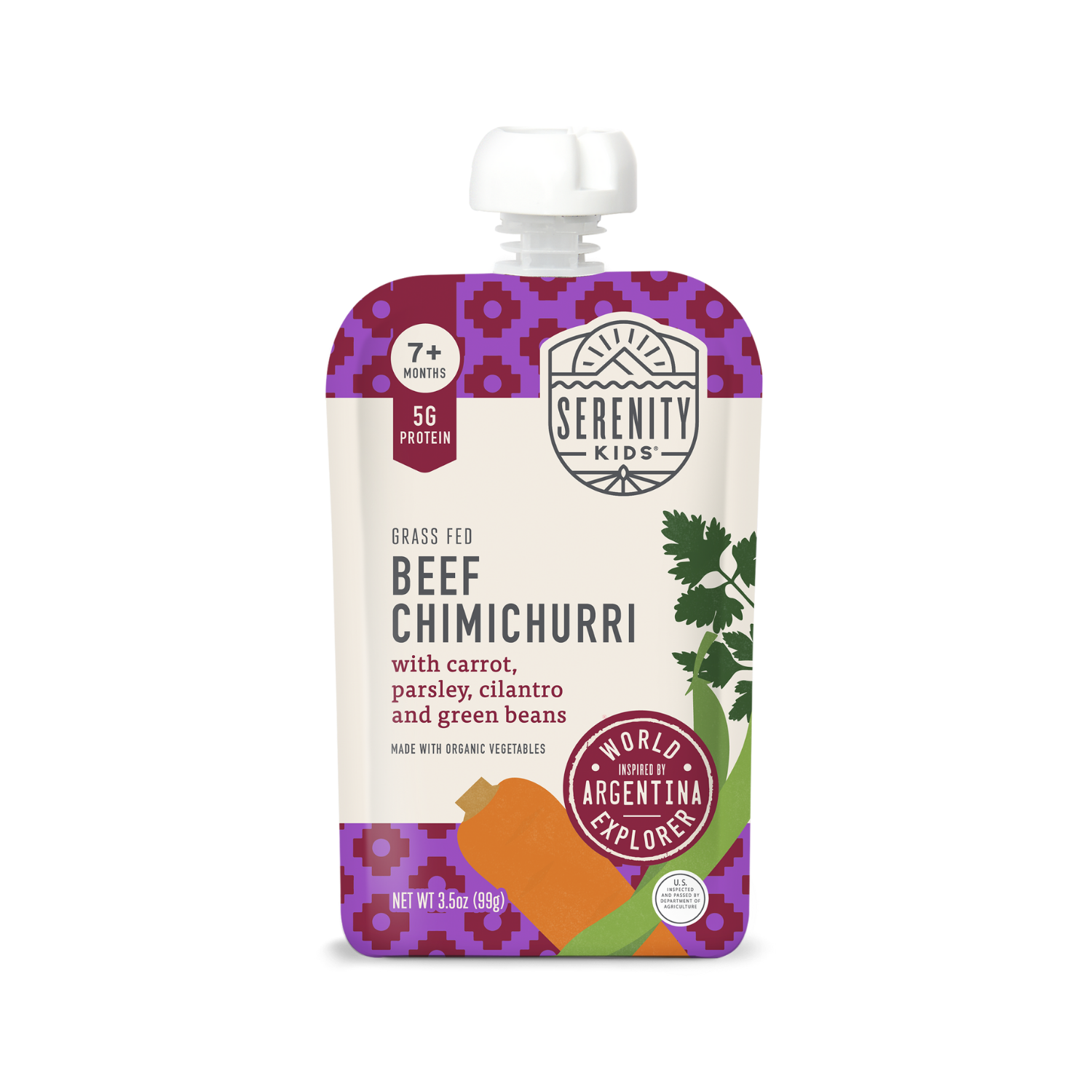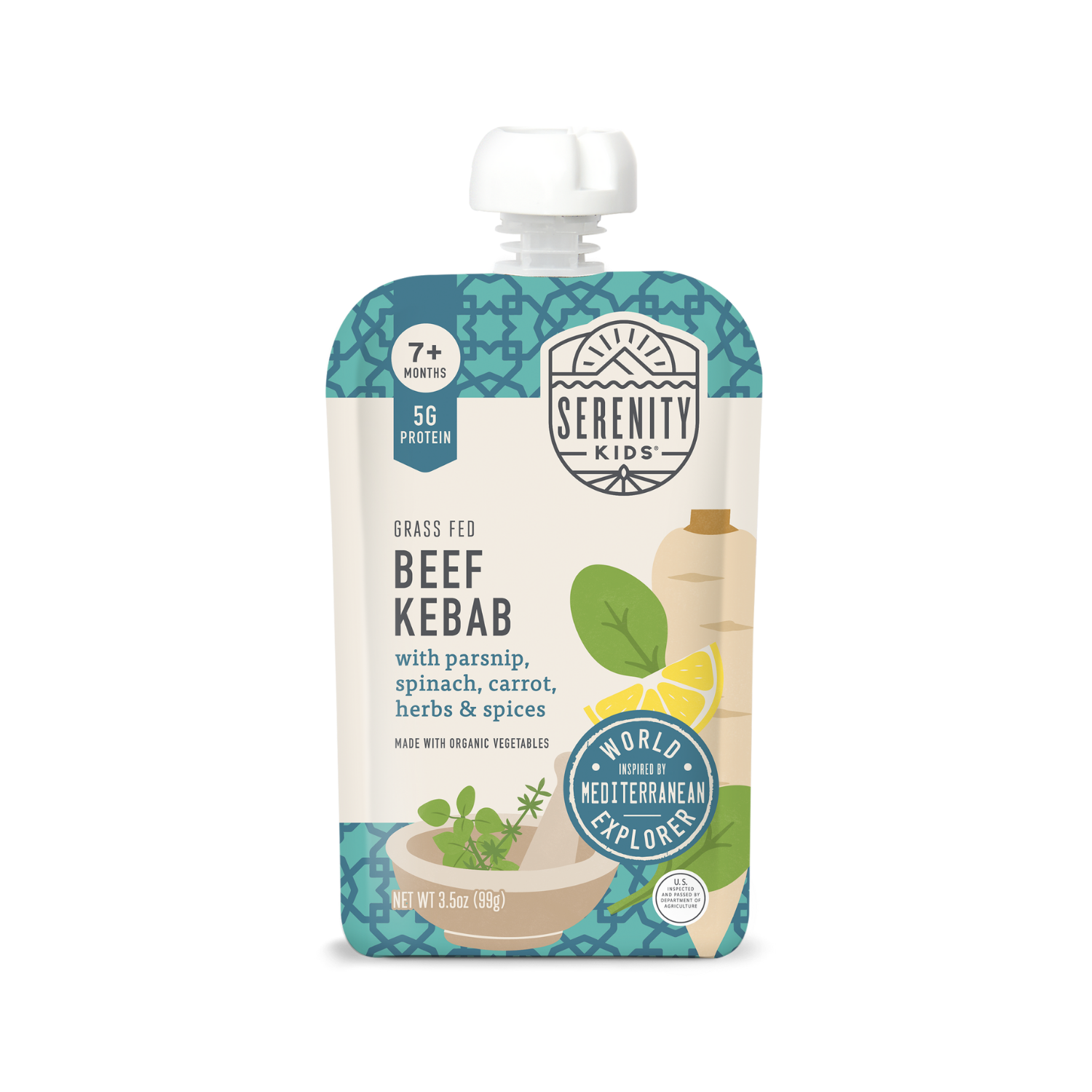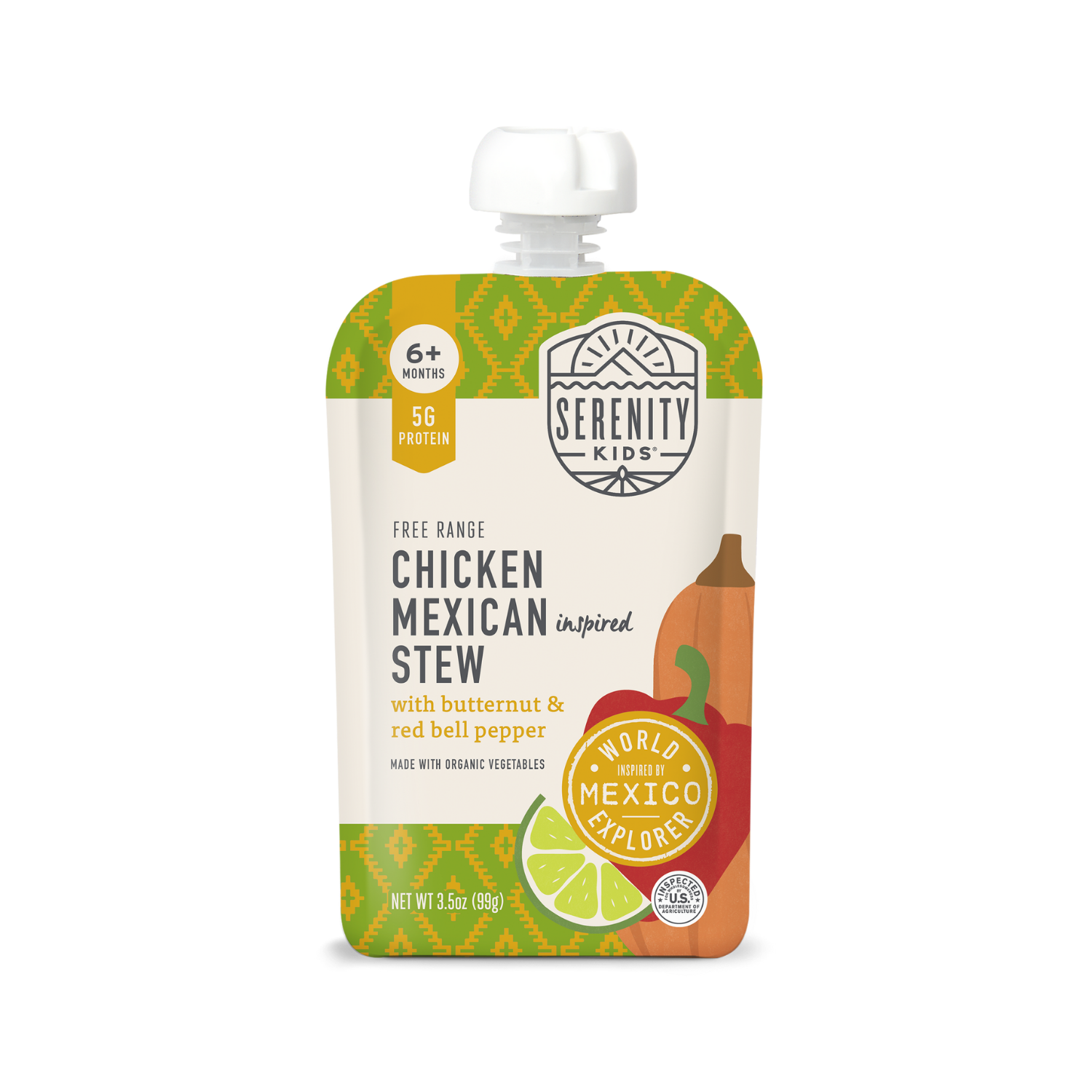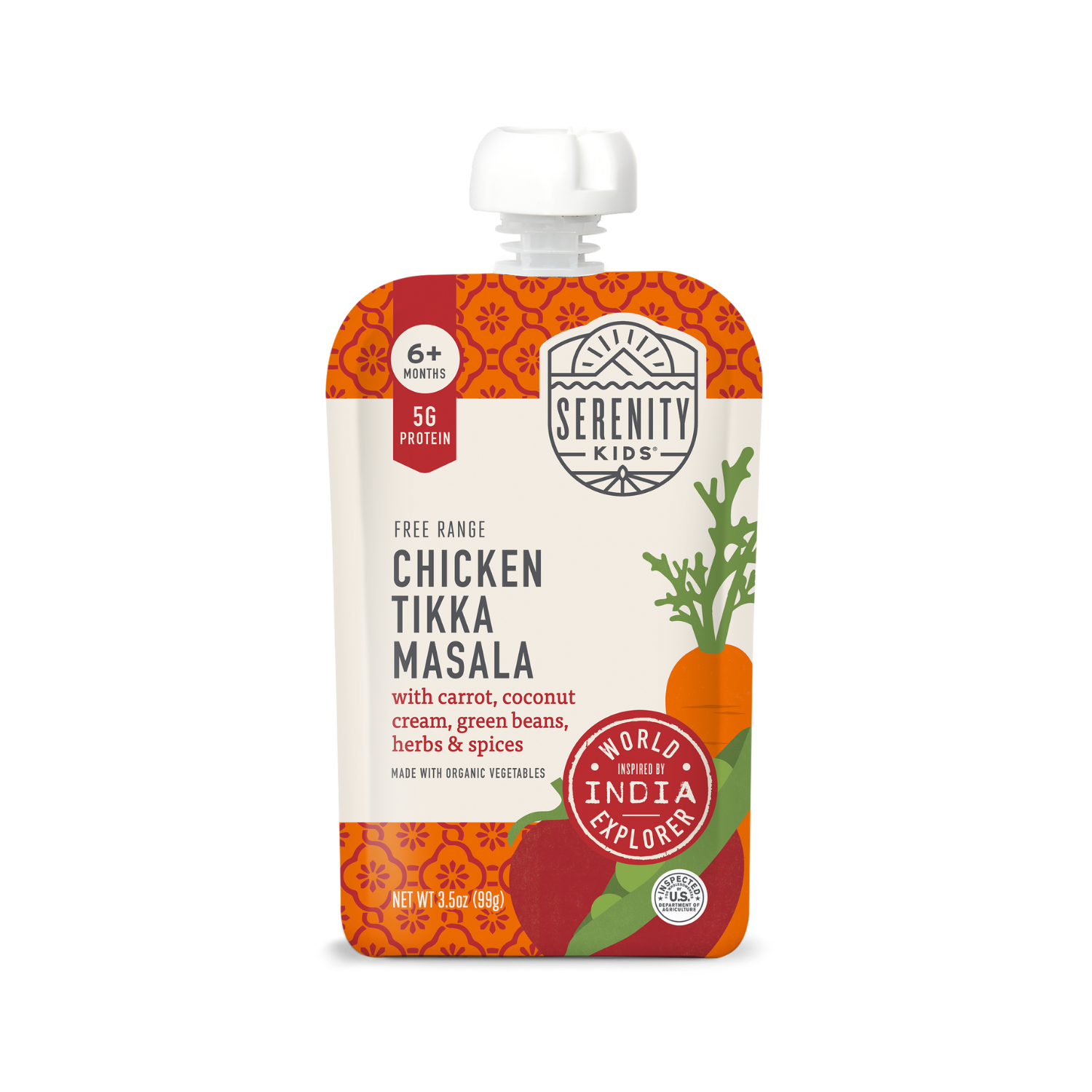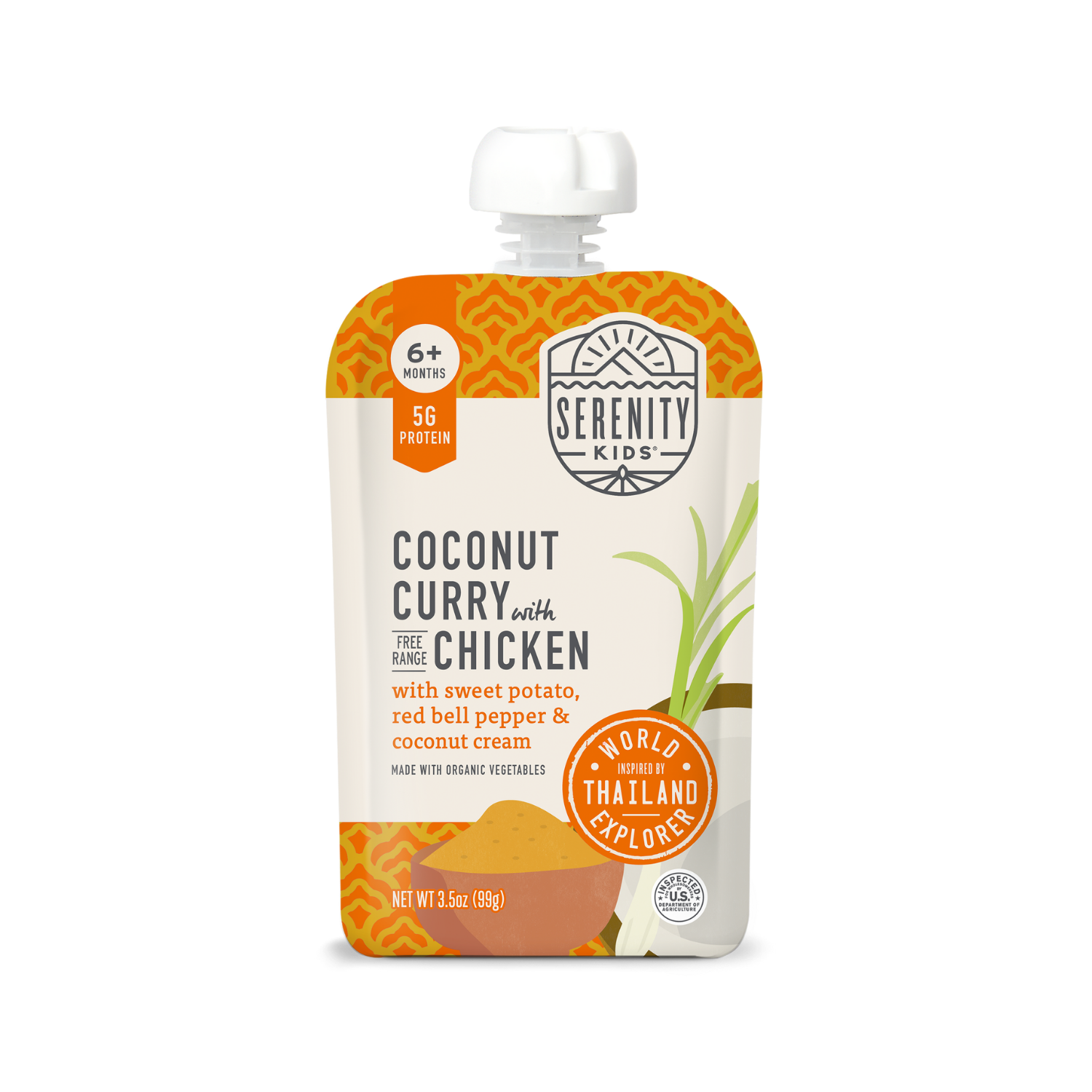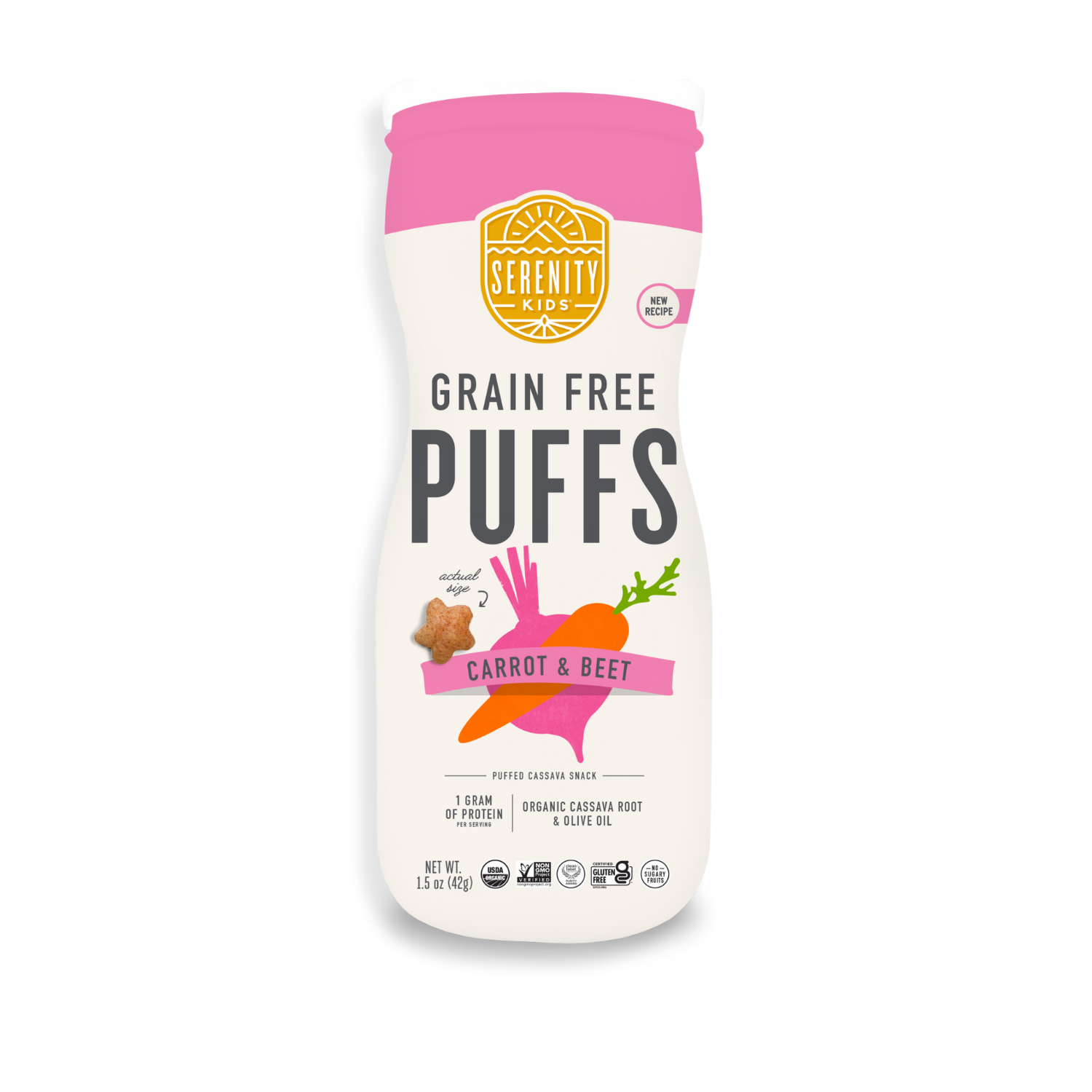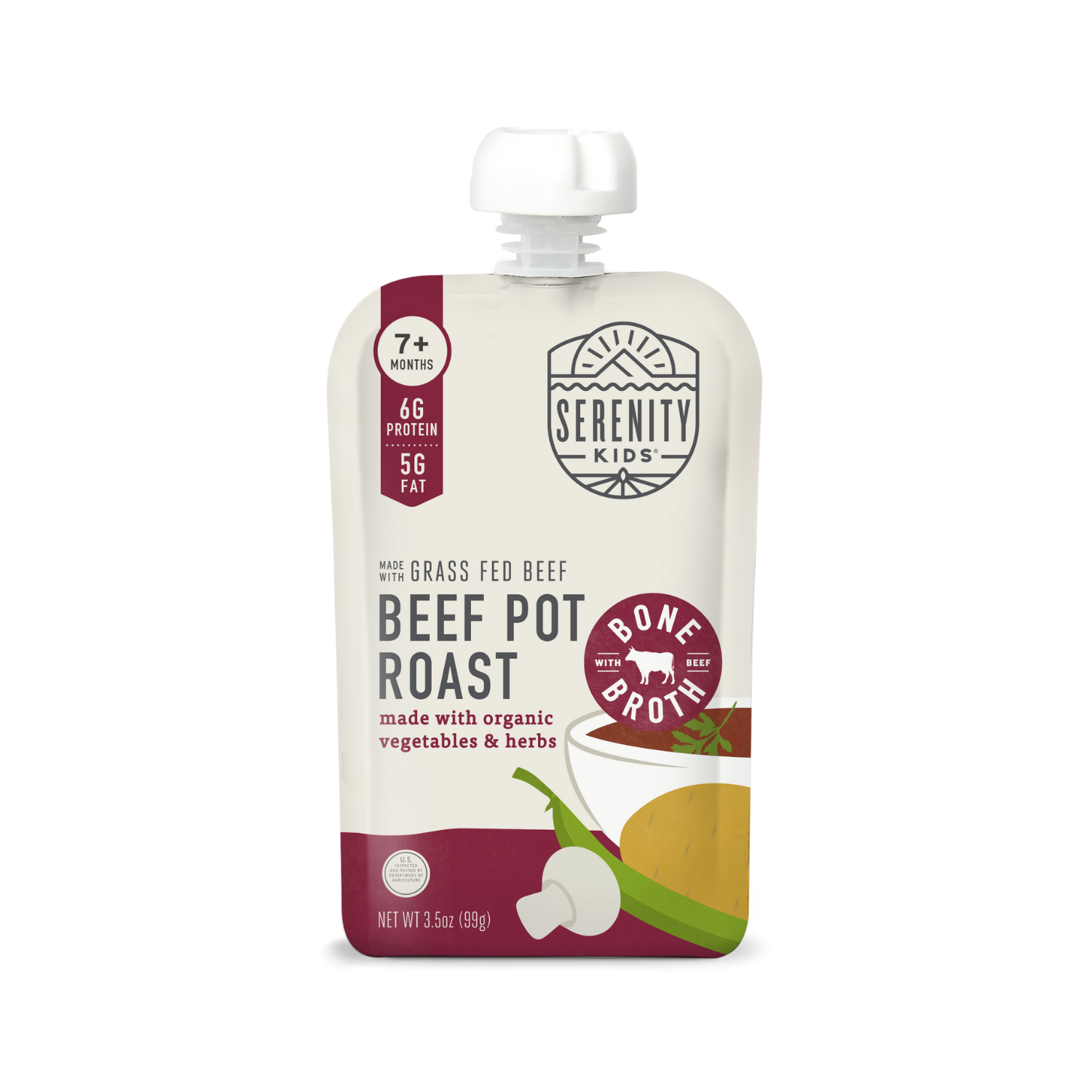You probably hear a lot about omega fatty acids. Maybe you see food labels on chia seeds boasting omega content or you read about how great they are for your health. But there’s more to omegas than meets the eye. There are different types of omegas, each with its own benefits - and sometimes with some with some downside too.
Simply eating or supplementing with omegas isn’t necessarily the best strategy for your health or your little one’s health, so we’re discussing how best to optimize your intake. The strategy relates to balancing two different types - omega-3s and omega-6s. Let’s get into it.
What are Omegas in general?
Omega-6 and omega-3 fatty acids are essential polyunsaturated fats. Let’s break that down that descriptor:
- Essential: When something is termed “essential” in the nutrition world, it means that your body doesn’t have the enzymes to produce it, so you must get it from your diet. What happens if you don’t get any from your diet? Eventually, you’ll develop a deficiency which can have detrimental downstream effects.
- Polyunsaturated: The term polyunsaturated refers to the chemical structure of the fat. Polyunsaturated means that it has many unsaturated or double bonds (poly = many). The reason this matters is that double bonds are a source of vulnerability in a fat. The more double bonds a fat has, the more unstable it is and the more opportunities it has to be damaged (to oxidize or become rancid) by elements like light, heat, and air.
Even though they are both essential polyunsaturated fats, there are some pretty big differences between omega-3 and omega-6 fatty acids.
Omega-3s
Omega-3 refers to the position of the final double bond in the chemical structure, which is three carbon atoms from the “omega,” or tail end of the molecular chain. There are many types of omega-3 fats, but EPA, DHA, and ALA are the three most common:
- Eicosapentaenoic acid (EPA): EPA produces chemicals called eicosanoids, which help reduce inflammation. EPA may also help reduce symptoms of depression. It is found in fatty fish like salmon, mackerel, sardines, and algae.
- Docosahexaenoic acid (DHA): DHA makes up about 8% of brain weight and is critical to brain development and function. Like EPA, it is found in fatty fish like salmon, mackerel, sardines, and algae.
- Alpha-linolenic acid (ALA): ALA appears to benefit the heart, immune system, and nervous system. It is found in flax seeds, chia seeds, pumpkin seeds, and walnuts.
Omega-6s
Omega-6s are similar in structure to omega-3s, but as the name suggests, the last double bond is six carbons from the omega end of the fatty acid molecule. While it seems like a small difference, the difference that omega-6s have in structure from omega-3s translates into some very different implications on your health.
Omega-6s mainly serve to provide energy in the body. They also help stimulate skin and hair growth, maintain bone health, regulate metabolism, and maintain the reproductive system. However, omega-6s are more inflammatory than omega-3s. While some level of inflammatory response in the body is needed (like for fighting an acute infection or illness), too much can increase the risk of inflammatory disease.
Good sources of omega-6s include walnuts, hemp seeds, sunflower seeds, almonds, and cashews. These foods are beneficial for a number of other reasons, like their healthy fats and micronutrients. While they do contain some of the more inflammatory types of omega-6s, they don’t need to be strictly avoided, rather just balanced out with omega-3s.
Other sources of omega-6s are industrial seed oils. We’ll discuss these later in this article, but know that industrial seed oils are quite high in inflammatory omega-6s. Their extremely high omega-6 content means that they are harder to “offset” with omega-3s and they also provide no benefit in the form of other vitamins or minerals. The bottom line: get your omega-6s from whole, healthy unprocessed foods like nuts and seeds, not processed industrial seed oils.
Why does the ratio matter?
So if both omega-3s and omega-6s can benefit the body and our health, why does the ratio of the two types of fatty acids matter?
Well, because omega-3s benefit our health a whole lot more than omega-6s. As we discussed previously, omega-3s are anti-inflammatory, while omega-6s are pro-inflammatory. A diet with a lot of omega-6 and not much omega-3 will increase inflammation.1 A diet of a lot of omega-3 and not much omega-6 will reduce inflammation. Since inflammation is at the root of nearly all disease, managing it is critical to just about every aspect of your health.
In addition, omega-6 and omega-3 fatty acids compete for the same conversion enzymes. This means that the amount of omega-6 in the diet directly affects the conversion of certain omega-3s to more useful forms. More specifically, if there is too much omega-6 in the diet, it will block the conversion of omega-3 ALA (found in plant foods like flax), to long-chain omega-3 EPA and DHA, which help protect us from disease. While this conversion is limited, it is still beneficial, and the presence of excess omega-6 will disrupt it.
Studies have also shown that having more omega-3 EPA and DHA in membranes reduces the ability of the Omega-6 fatty acid arachidonic acid to produce inflammatory eicosanoids. In other words, the more omega-3 fat you eat, the less omega-6 will be available to the tissues in your body to produce damaging inflammation.
What is the proper ratio?
Rather than ask how much omega-3 we need or how little omega-6 we should get, the real question is, what is the ideal ratio? That is because the question of how much omega-3 to eat depends in large part on how much omega-6 we eat.
If we look to history, we see that the ratio was pretty close. Based on what we know of evolution and the availability of food throughout history, human diets were rich in seafood and other sources of omega-3 long chain fatty acids EPA and DHA and relatively low in omega-6s. Seed oils simply weren’t around, and so the only sources of omega-6s were things like nuts and seeds. As we discussed, the overall omega-6 content of these is low and much easier to offset.
Anthropological researchers have studied diets throughout history and suggest that our hunter-gatherer ancestors consumed omega-6 and omega-3 fats in a ratio of roughly 1:1.
If you’re wondering how this historic ratio of 1:1 stacks up against what the average American consumes today, it’s pretty alarming. Research suggests that the typical diet today results in an omega 6:3 ratio that averages about 16:1. That's 16 times the omega-6 than omega-3!
Interestingly, research also indicates that both ancient and modern hunter-gatherers were free of the modern inflammatory diseases, like heart disease, cancer, and diabetes, that are the primary causes of death and morbidity today. Of course, we can only point to correlation, not causation, but the relationship is an interesting one.
While you don’t necessarily need to strive for a 1:1 ratio as our ancestors had, most experts agree that a ratio of 4:1 is an ideal target for the general population of adults and children. Even lower ratios of 2:1 or 3:1 have been shown to provide added benefit in the case of certain conditions like cancer, rheumatoid arthritis, and asthma.
What are the consequences of a higher ratio?
So with the shift in diet that our society as a whole seems to face, what are the consequences to human health of an Omega-6:3 ratio that is so significantly higher than it was for most of human history?
The short answer is that it can increase the risk of diseases in which inflammation is at the root cause. In other words, virtually all diseases! The following are common diseases that are driven by systemic inflammation:
- cardiovascular disease
- type 2 diabetes
- obesity
- metabolic syndrome
- irritable bowel syndrome and inflammatory bowel disease
- macular degeneration
- rheumatoid arthritis
- asthma
- cancer
- psychiatric disorders
- autoimmune diseases
While inflammation affects all humans, there are some unique considerations when it comes to how children may be affected.
For example, research suggests that chronic systemic inflammation in children has a long-term impact on children’s brain functioning and cognitive development. 6
How does dairy or whole milk influence this ratio?
The omega 6:3 ratio was a big point of discussion when developing the new toddler formula. Why? Because the type of dairy used in the formula could strongly influence its omega 6:3 ratio.
The difference between grass-fed dairy and grain-fed or conventional dairy is significant. In fact, researchers at the University of Minnesota quantified the fatty acid profile in milk from cows fed a100 percent forage-based diet and compared it to profiles of milk from cows under conventional and organic management over a three year period.
They found that the grass-fed dairy had a 147% increase in omega-3s as compared to dairy from conventionally raised cows. Milk from grass-fed cows also had 52% less omega-6 than conventional milk. Ultimately, they found that grass-fed dairy has a ratio of nearly 1:1 while grain-fed or conventional dairy has a ratio of 5.7:1.
How do industrial seed oils influence this ratio?
Fats were also a big point of discussion when developing the new toddler formula. Again, the reason being because many formulas have fat added to boost nutrient content and support the texture of the drink, and the type of fat used in the formula could strongly influence its omega 6:3 ratio. Since many companies choose to add seed oils to their formulas, we wanted to address this head on.
Industrial seed oils are linked to a number of health concerns which we nodded to above and discuss in more detail in this article. The driving force behind their detriment is their omega-6 to omega-3 ratio. The following table lists commonly used industrial seed oils and their composition of both omega-6 and omega-3.
|
Oil |
Omega-6 content |
Omega-3 content |
|
Safflower |
75% |
0% |
|
Sunflower |
65% |
0% |
|
Corn |
54% |
0% |
|
Cottonseed |
50% |
0% |
|
Sesame |
42% |
0% |
|
Peanut |
32% |
0% |
|
Soybean |
51% |
7% |
|
Canola |
20% |
9% |
You can see that each of these commonly used oils has an imbalanced omega 6:3 ratio, and therefore contributes to inflammation rather than supports health. Neutral fats like grass-fed butter or ghee and coconut oil are far better choices when it comes to balancing the omega-6:3 ratios for yourself and your family. In addition, avocado and olive oils do have a higher amount of omega-6s relative to omega-3s, but the total amount of omega 6 is pretty low overall, making them great options for healthy fats.
Conclusion
It’s clear that lowering your omega 6:3 ratio will benefit your health. Remember the following as simple steps to optimize your balance of omega-6 and omega-3 fats.
- Avoid vegetable oils high in omega-6 and the processed foods that contain them. (You’ll never find them in Serenity Kids products!)
- Add omega-3-rich foods like salmon and sardines to your diet at least once or twice a week. (And give your little ones our salmon, butternut squash, and beet pouches once solids are introduced!)
- Choose grass-fed dairy (cheese, milk, butter, yogurt) over conventional. (The Serenity Kids toddler formula contains an optimal omega 3:6 ratio thanks to the use of grass-fed organic A2 dairy).
- Take a high quality omega-3 supplement like fish oil or algae oil to boost your omega-3s when food sources are unavailable or impractical.
Bio
Hillary Bennetts is a nutritionist and business consultant focusing on health for mamas and babies through the prenatal, postpartum, and infant/toddler stages. In addition to nutrition consulting she provides business consulting and content creation for companies in the health and wellness industry. Hillary spent almost a decade in corporate consulting before shifting gears to combine her lifelong passion for health and wellness with her business background and nutrition education.
Hillary holds a Bachelors in Economics from Washington and Jefferson College, an MBA from Emory University’s Goizueta Business School, and is certified as a Holistic Nutritionist through Bauman College. She lives in Colorado with her husband and toddler son, with another baby boy on the way in September 2021.
Website - www.hillarybennetts.com
Instagram - @hillarybennetts
RESOURCES
1. https://academic.oup.com/ajcn/article/83/6/1505S/4633275
2. https://academic.oup.com/ajcn/article/71/1/179S/4729338?ijkey=5c7af875f3dc71a303f7df78c52145e8b7c31643
3. https://www.sciencedirect.com/science/article/abs/pii/S0753332206002435
4. https://onlinelibrary.wiley.com/doi/full/10.1111/obr.12785
5. https://www.karger.com/Article/Pdf/73789
6. https://www.ncbi.nlm.nih.gov/pmc/articles/PMC6853162
7. https://extension.umn.edu/pasture-based-dairy/grass-fed-cows-produce-healthier-milk



